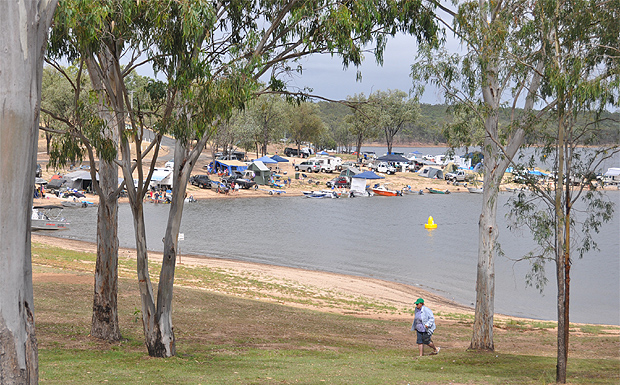
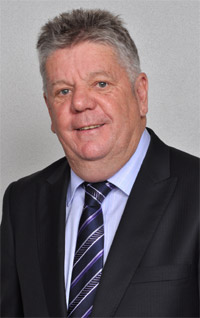
June 30, 2014
People who use the Proston Rural Water Supply Scheme may soon carry the full operating costs of the scheme if a proposal to separate it from the rest of the region’s water supply scheme “pool” is accepted.
Mayor Wayne Kratzmann said today Council has been having discussions with the scheme’s users and he expected an outcome soon.
The scheme was built by Sunwater in the 1980s to supply farming properties in the Proston area with non-potable water for use in cattle, dairying and pig production.
It was taken over by the former Wondai Shire Council in February 1993, then by the South Burnett Regional Council in 2008.
Soon after the council mergers, the South Burnett Regional Council decided to pool all the region’s water supply schemes to standardise water supply charges.
To encourage water conservation, Council also introduced a “tiered” fee structure where prices rose in step with consumption (ie the higher the water use, the higher the charges).
This pooling worked to the advantage of smaller areas, who were effectively subsidised by bigger towns such as Kingaroy and Nanango.
But Proston Rural Supply users felt they were being penalised instead.
Not only was their water of lower quality – the scheme’s water doesn’t pass through a water treatment plant – but the highest demand occurs whenever the area is hit by drought and scheme users are least able to pay higher consumption charges.
Mayor Kratzmann said today the the majority of water users in the regional “pool” (which includes Blackbutt, Nanango, Kingaroy, Wondai, Murgon and Proston Residential) were residential properties; Proston Rural users were not.
All other schemes also had their water supplies pass through water treatment plants to produce potable water; Proston Rural did not.
After an approach by users, Council is now considering separating Proston Rural from the region’s water pool.
If this happens, the Rural Water Supply Scheme will have a different charging structure which will allow users higher consumption levels at lower rates.
In return, users would agree to carry the costs of maintaining the scheme as they would receive no subsidies from the other schemes in the residential pool.
This cost would be included in the scheme’s water supply charges.
Mayor Kratzmann said the arrangement would reflect the special needs of farms accessing the rural water supply scheme without negatively affecting users of the six residential schemes that would remain in the pool.












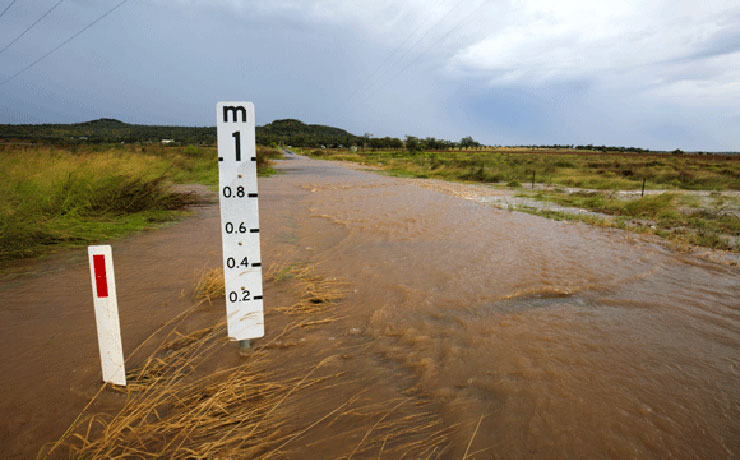
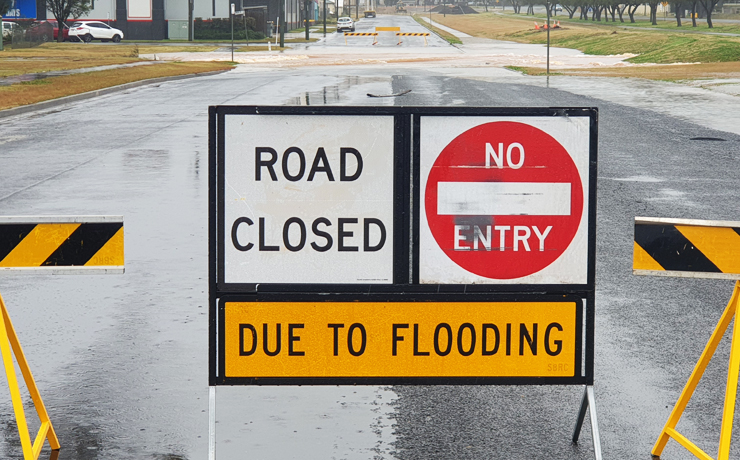
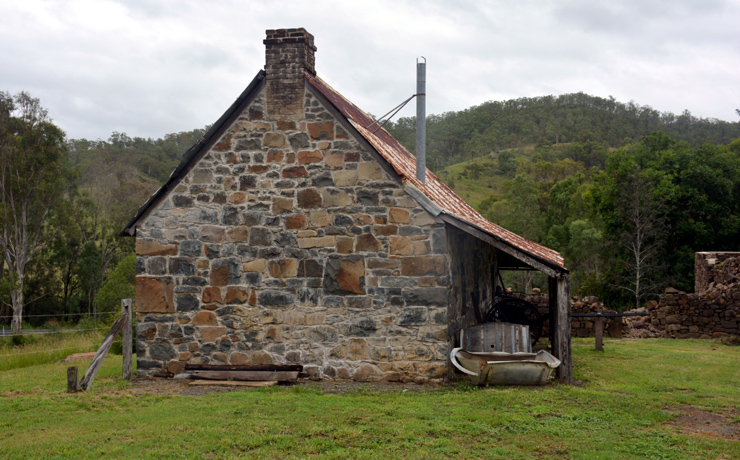







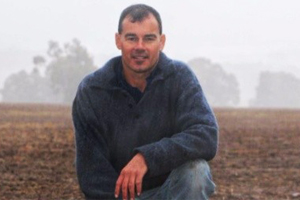

This is an interesting point raised by Proston’s rural water consumers. Why should any water charges increase with usage? If this is not reflective of production costs then one can only assume that this price creeping is profit-taking by council when water restrictions are in force.
Water usage charges go up to discourage people from wasting what little water we have and save us all from the big costs of trucking water in (which is what happened a few years ago when Kumbia’s bores ran dry).
By the looks of things, Proston Rural was roped into the residential pool six years ago because its special situation was overlooked. Now it’s being moved back out to help the farmers who use it. And in a way that will help them but not hurt the rest of us. Sounds pretty reasonable to me.
The pooling system introduced to subsidize or equalize water and sewerage charges by council can be reversed, as offered to Proston consumers. This offer could be presented all consumers allowing each town the choice to price maintain and operate there own systems independently.
This would remove the inherited debt accumulated in Kingaroy and levied on customers across the shire for Kingaroy’s water Treatment Plant Upgrade – $4,000,000. Kingaroy Water Rising Main – $800,000. Kingaroy Waste Water Treatment Plant – $26,000,000 build subsidized by all rate payers
Great idea, Jack. And on the same subject, I don’t want to pay one cent of my rates (or road levy) on any road outside Kingaroy. I hope you end up with a pot hole outside your front gate large enough to swallow a Landcruiser. And you and your neighbours can pay to get it fixed. I’ll never drive down your road. NOT MY PROBLEM.
Kingaroy and its elected representatives failed to maintain and update their water Treatment Plant, their Waste Water Treatment Plant and much of the associated infrastructure for these services in a timely manner. Looking beyond Kingaroy’s vested interests, rate payers not connected to these services are now forced to subsidise these developments whilst paying to maintain and update there local services. I am willing to meet the costs associated with water and sewerage within my community ARE YOU or will Parochialism Rule. [Parochialism is the state of mind, whereby one focuses on small sections of an issue rather than considering its wider context.]
It wasn’t just Kingaroy that failed to set aside money for replacing infrastructure. None of the old councils did. That’s what let them all keep their rates so low. The result is we all now have water and sewerage systems that are about 70 years old and falling to bits. That’s why the new council committed to a 10-year, $90 million program to replace everything a few years ago. Sure Kingaroy’s system is going to be getting a big chunk over the next year or two but in a few years it’ll be some other town’s turn – whichever one has the next critical meltdown, I guess. And so on until the whole lot gets replaced. So it’s all very well to take a narrow parochial view about this now but I bet every parochial South Burnett resident will become an overnight regionalist the moment their taps run dry or their toilet fails to flush.
With respect, Rod, this is in line with recent council policies based on the Proston rural water offer and Memerambi development proposals. The townships of Murgon, Wondai, Blackbut, and Proston’s water treatment plants were replaced or upgraded by their relevant shire councils pre-amalgamation, with Nanango council opting for bores to service their needs.
Unfortunately the long suffering people of Kingaroy were let down badly by their council representatives, who overlooked the importance of Kingaroy’s basic services and their obligations to act on ratepayers’ behalf. This raises the question of what were Kingaroy’s councillors’ priorities and what effective measures were implemented to rectify this situation, but I will leave this debate to Kingaroy residents for now.
Today we see the results of poor management impacting every ratepayer across this region and forcing them to pay for their indiscretion. The offer presented to Proston rural water should be offered to all communities. We paid for our plants, now it’s time for Kingaroy to do likewise
With equal respect, Jack, I think you’re still missing the point I was trying to make, which is that ALL our region’s water and sewerage systems are decrepit and in need of complete new-for-old replacement, not just Kingaroy.
As far as I’m aware – but please correct me if I’m wrong – none of the old councils built any new plants. They just patched and upgraded and kept on patching what they’d originally built back in the 1940s. This was because none of them had the financial means to do anything else.
Now Kingaroy has reached the point of being unable to continue this rag-tag patching process any longer. After 70 years, the old plant is finally going to be demolished and a new one built. Then it will be the turn of whatever system fails next.
But I do agree with your last point: now that councils are forced to account for depreciation and set aside money for new-for-old replacement of assets, it would be a good exercise to see users of all the other schemes given the option of running their systems on a stand-alone basis and paying the full costs themselves, or staying in the new regional pool and sharing the costs across a wider base.
If they did that, we already know Blackbutt’s water and sewerage charges would just about triple. And based on population, I suspect almost the same would apply for Proston; Wondai’s charges would rise 150%; Murgon’s would double; and Nanango’s would go up by between 30% and 50%.
Of course, if the other towns don’t want to pay these costs, then I guess Kingaroy residents will have to continue subsidising all these other schemes forever, the same as they’ve been doing the last 6 years.
If business and their affiliated bodies participate in government, then the integrity in government business decision making must be questioned as a mater of public necessity.
Murgon water treatment plant new 1994.Wondai water treatment plant new 1999.
Murgon and Wondai sewerage plant redeveloped and up graded in late 1980s early 1990s with on going development until amalgamation.
Nanango sewerage plant new 1980s to cater for power station development
Proston water treatment plant upgraded around 2005 pre-amalgamation
Proston rural water scheme was originally developed by the farming community,
their are several rural schemes in place operating with out council involvement.
Blackbut water plant was also constructed around this time .
All councils ran a mains replacement program slowly replacing pipe work as funding became available.
Kingaroy council was well aware in the early 1980s their water treatment plant and sewerage treatment plants were not up to scratch and stressed beyond capacity.As can be seen Kingaroy is the only town that has not invested in or renewed these asserts.
Can the other townships and rural systems go it alone with out Kingaroy ,yes they can with all profits reinvested in each of these local systems and at a reasonable cost to consumers.
Hmmm… what are your sources for these plant construction dates Jack? I can’t find any references to the dates you’re quoting, and would be interested to see where they came from. The one reference I can find – to the Proston Rural scheme – says it was created by Sunwater in the 1980s (not farmers) and onsold to Wondai Shire Council in 1993 (just Google “Proston Rural Water Supply Scheme” – the URL is too long to post, but it’s a PDF of the sale contract) . And you do know that “upgrade” is government speak for “patching up old stuff”, not new-for-old replacement, don’t you?
But assuming for the moment what you say is true, this doesn’t alter anything. The bottom line is that sooner or later, every scrap of our region’s infrastructure (roads, water, sewerage, buildings etc) will require complete new-for-old replacement. And under the new rules that were brought in when the mergers happened in 2008, councils now have to set aside money iso they can pay for these things themselves whenever the need arises.
This was something none of the old councils did – not just here, but right across the state. And it was this need to replace Queensland’s ageing infrastructure that made the State Government change the law to make local government asset depreciation compulsory.
So any discussion about how the old Kingaroy Shire Council overlooked its duty to build a new Kingaroy plant – while quite possibly true – doesn’t alter the reality that in this brave new world we all now live in, all the other plants will ultimately have to be replaced too. And we’re all going to have to pay for it ourselves.
Still, I’d be very interested to see your costings about how you believe one of our small town’s water and sewerage systems could be run at a profit at “a reasonable cost to consumers”. taking eventual new-for-old full replacement of their water and sewerage plants and their mains systems into consideration.
Like I said a few days ago, giving all our towns the option of staying in a pool or going it alone and fully funding their own water and sewerage systems is an option we’ve never been given. And it would be interesting to see what it would really cost.
Council has every opportunity to respond
Here we go again Mayor Kratzmann You stood up at a meeting in Blackbutt and informed residents other town subsidised Blackbutt. But when the local community took up a Petition to go with Toowoomba to save South Burnett Council the expense of that subsidy. You went to the Local Paper and informed everyone it would not happen. Why the only reason is you and your local Council need Blackbutts money. Now another Town another Subsidy. How many more towns will you pull this on.
Jack Black is correct in his dates of Murgon, Wondai, Proston plant updates and the Proston Rural was originally developed by the farming community in the 60s
Thanks John. My recollection was approximately 1961-1962 but this may have been when first proposed or early planning stage pre-construction. Rates have increased at an alarming rate with little benefit to residences including Kingaroy. Poor representation undue influence and appropriate application of resources are the primary reason for such large increases.Transparency of council activities and commercial confidentiality are strange bedfellows, indeed, leaving council open to unflattering comments. Every ratepayer has the right to know where their money is spent and who with. Speculated involvement with a NSW water corporation in development of Kingaroy’s water and sewerage plants raises an eyebrow.